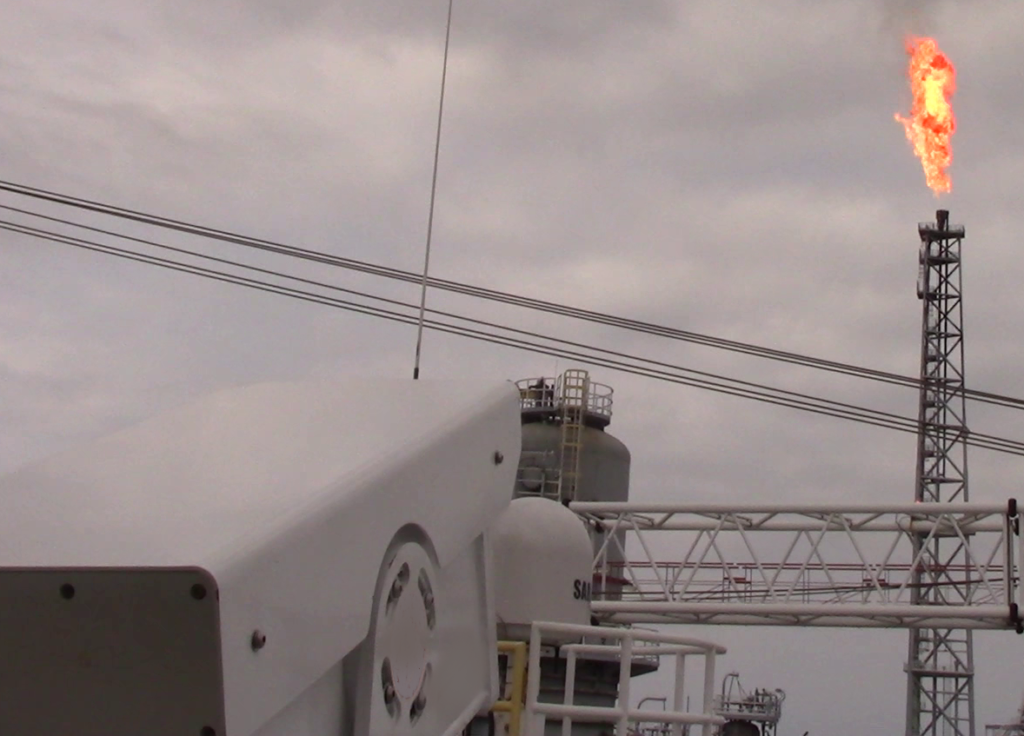
A spectrometer that provides direct and real-time measurement of flare combustion efficiency by measuring the ratio of methane to carbon dioxide. It has been tested against established reference methods including extractive EPA methods typically used for stack testing. It can be permanently installed or deployed as a survey method (see separate entry). It works for flares of all sizes and locations provided the flame can be isolated within the field of view.

Comparison between flare combustion efficiency measurements taken by extractive method and by VISR
Advantages
Results have been compared to the reference extractive method (with a mean difference - 0.07% in 95-100% CE range)
Tested against flares of variable size, design and with/without assist features
Quick (~30mins) setup, can be mobilised to provide measurements both onshore & offshore or run continuously to help conform to visual impact legislation
Can be run from outside process boundary, camera being positioned 100-1500ft from flare
Directly measuring CE eliminates the uncertainty of using surrogate parameters (e.g. NHVcz)
Operates in a range of environmental conditions, day & night
Provides data on other flare parameters, including heat release, flame size, smoke index and flow rates
Limitations
Needs a clear line of sight of the post combustion gas with a minimum temperature of 300C
Cannot measure the concentration of CO, hence, DE has to be empirically derived
Some limitations in severe weather conditions (e.g. heavy fog)
Case study
Research article:
Validation of a new method for measuring and continuously monitoring the efficiency of industrial flares
Yousheng Zeng, Jon Morris & Mark Dombrowski (2016)
Journal of the Air & Waste Management Association, 66:1, 76-86

Spectrometry is the observation and measurement of wavelengths of light or other electromagnetic radiation. Once a range of wavelengths, or a spectrum, for a gas mixture has been measured, by observing the intensity or amplitude of individual wavelengths, the method allows for determination of chemical composition of that gas mixture. Spectrometry is typically performed with the use of a spectrometer which is an instrument that separates and measures the spectral components of the sample or object being studied. Various types exist, but the most used are either a mass spectrometer or an optical spectrometer. Spectrometry techniques may be used for process control - such as determining the composition of flared gas, or for environmental measurements such as determination of combustion efficiency.